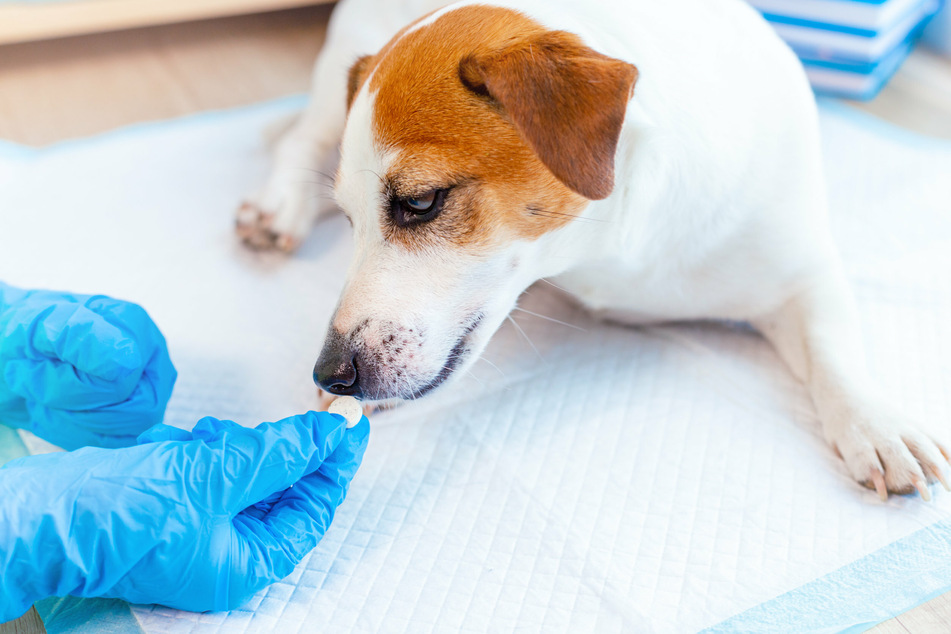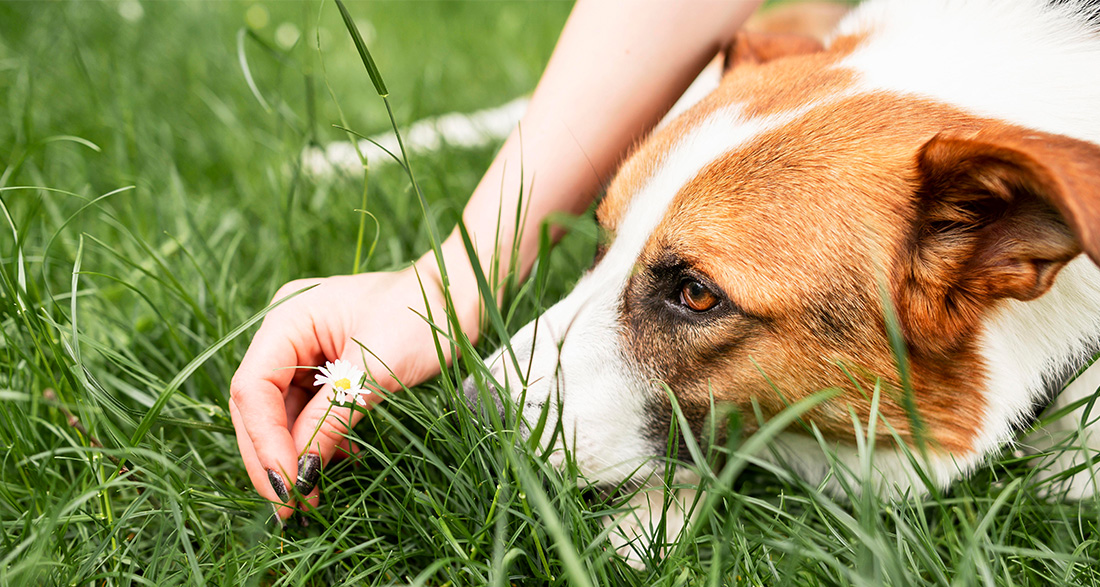In addition to fleas, mites, and ticks, worms are among the most common parasites that can infest a dog throughout its life. The dog guide answers the most important questions.
How do dogs become infected with worms?
Worms can enter a dog’s body in various ways.
Contact with infectious eggs or larvae from the feces of infested fellow dogs often occurs, and the eggs, due to their robustness, easily spread in the environment. This can happen when dogs sniff around piles of soil, feces, or sand during walks, or when owners accidentally step in dog feces and bring it home on their shoes. Once the eggs are ingested through the mouth, they silently and discreetly trigger a worm infection in the dog.
Other transmission routes include smaller prey animals such as mice, birds, rabbits, or snails, serving as intermediate hosts for worm larvae, which are then eaten by the dog.
Dogs can also become infected through raw meat and organs that have not been adequately heated or frozen.
These are the types of worms that can infest dogs:
- Roundworms are mainly ingested by the dog through worm eggs and larvae in the feces or on sand, soil, and shrubs.
- Infection with tapeworms (fox tapeworm, pinworms, cucumber seed tapeworm) occurs by eating infested intermediate hosts, such as rabbits and mice, but also fleas and carrion.
- Hookworms can enter the dog’s body through the skin or by swallowing larvae.
- Whipworm eggs are particularly resilient, and infection occurs through oral contact with contaminated feces.
- If dogs are found to have lungworms, they likely ingested them by eating mice, snails, or birds infested with larvae.
- Heartworms or their larvae are transmitted to the dog through the bite of certain mosquitoes.
- Dogs can become infected with the dog tapeworm through raw meat or organs that have not been adequately heated or frozen.
Even small puppies can become infected in the womb or through mother’s milk.
Symptoms: How does a worm infestation in dogs manifest?

Depending on the type of worm, the dog’s age, and the strength of its immune system, the symptoms of the disease can vary.
When worm eggs, worms, or similar are visible in the dog’s feces or vomit, action is needed. In this case, the dog is already heavily infested.
To prevent this, attention should also be paid to other signs:
- Loss of appetite
- Significant weight loss
- Reduced performance
- Untidy and dull coat
- Bloated abdomen
- Frequent vomiting
- Diarrhea (sometimes with blood)
- Constipation
- Itching in the anal area
- Poor wound healing
- Increased susceptibility to other diseases
If one or more of these symptoms occur in a dog, it is essential to visit a veterinary practice urgently. A lack of treatment can lead to severe damage. Depending on the type and severity of the worm infestation, in addition to the already mentioned signs of illness, blood clotting disorders, tissue inflammation, difficulty breathing, or, in extreme cases, sudden death can occur.
It is also not excluded that dog owners themselves become infected with the worms.
Treating Worm Infestation in Dogs

Not always are symptoms of a worm infestation visible in dogs. This occurs, for example, with a well-developed immune system or a low infestation.
To minimize health damage for both the dog and the human, dog owners should regularly have their pets examined or dewormed.
In general, about four worm treatments per year are recommended.
Whether an animal needs to be dewormed or examined for parasites more frequently depends on several factors, such as the age, diet, and housing of the dog, and should be discussed with a veterinarian.
Worm treatment is done by administering tablets, paste, or spot-on preparations, each containing different active ingredients that combat various types of worms.
Preventing Worm Infestation in Dogs
There is unfortunately no one-hundred-percent protection against a worm infestation in your four-legged friend. However, certain precautions can be taken to reduce the spread of worms, as well as their eggs and larvae, and thus prevent infection as much as possible.
- One of the most important measures is the careful removal and disposal of dog feces. Whether on a walk through the park or while playing on your property, feces should always be collected in a bag and securely disposed of in household waste.
- During exercise, care can be taken to minimize contact with other dogs.
- It should also be avoided for animals to eat smaller prey animals (mice, birds), carrion, or raw meat.
- Before traveling abroad, discussions with the veterinarian about appropriate protective measures are recommended.
- Pregnant and lactating bitches, as well as puppies, can be dewormed as a precaution more frequently.
Dog owners with weakened immune systems, strong hygiene preferences, or dogs with an increased risk of infection should seek advice from a veterinary practice on additional measures.


